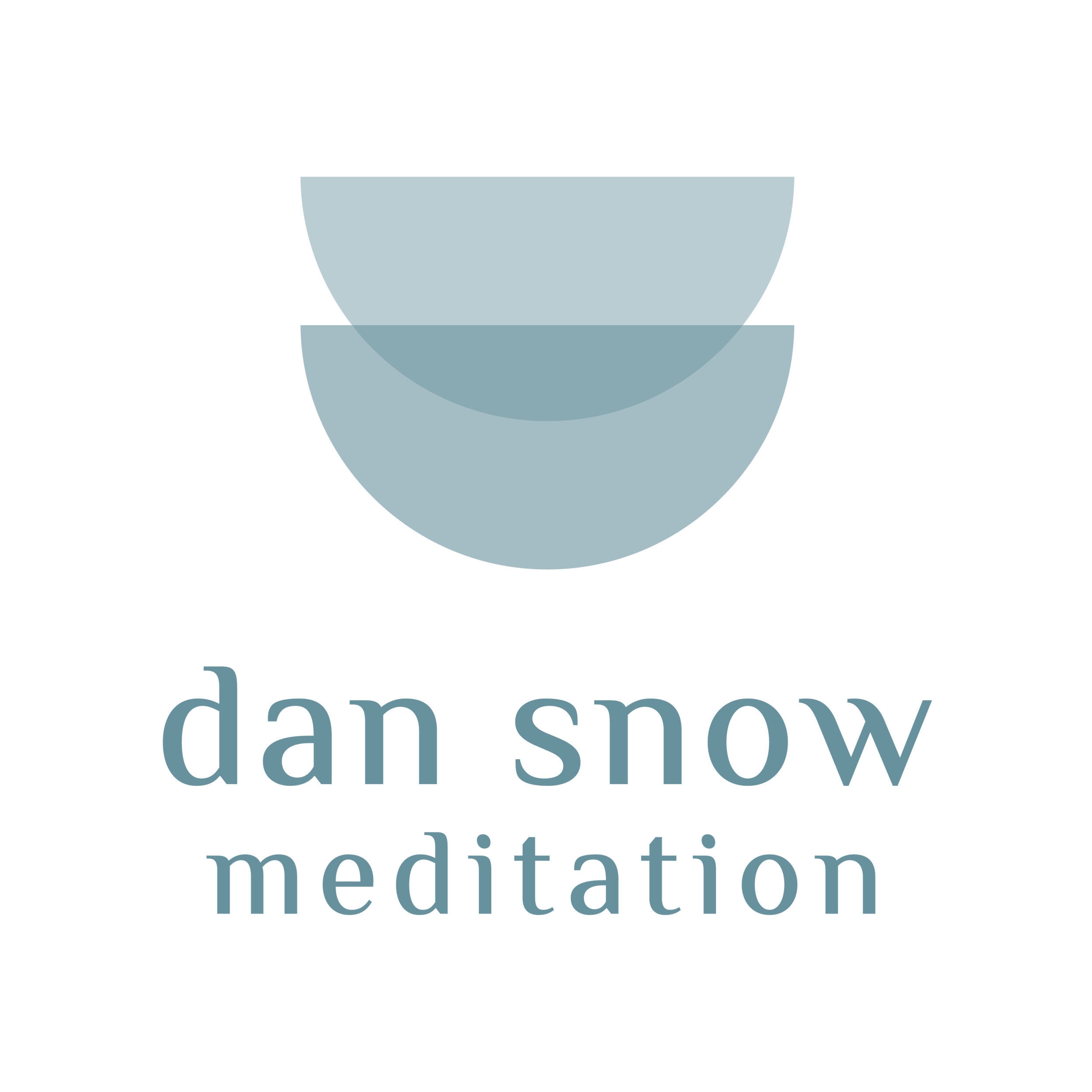What You Need To Know About The Stress Response (Part 1)
What You Need To Know About The Stress Response (Part 1)
Well, there is bad news and good news… let’s start with the bad news, with reference to the ‘father of stress research’ the Hungarian endocrinologist, Hans Selye.
Selye developed the ‘General Adaptation Syndrome’ model which describes the impact stress has on the human body. Each time the body is exposed to a potential stressor (demand, change in expectation, pressure etc.) it has a limited amount of adaptation energy to cope or deal with the demand.
With repeated exposer to the same or a different potential stressor, Selye observed that the adaptation energy began to diminish until there was no sufficient adaptation energy, resulting in the fight or flight, or, stress response.
Each subsequent exposure to a potential stressor, resulted in less adaptation energy for the body to use to deal with the potential stressor to begin with.
Each time we get stressed, an impression is left on the body. The Sanskrit word for this is ‘samskara’, it is where we get the English word scar.
Selye summarised, “Every stress leaves an indelible scar, and the organism pays for its survival after a stressful response by becoming a little older.”
Stress changes the chemistry of the body and is a main cause disease and ill health.
The good news is that Vedic Meditation is a systematic way of releasing these scars and stresses from the body due to the profound rest it achieves. It also charges up our adaptation energy and when practiced consistently, our adaptation energy stays topped up, meaning a greater ability to cope with demands and more adaptive responses to potential stressors.
Meditation is like a front line defence for stress. Get in touch to learn more!

